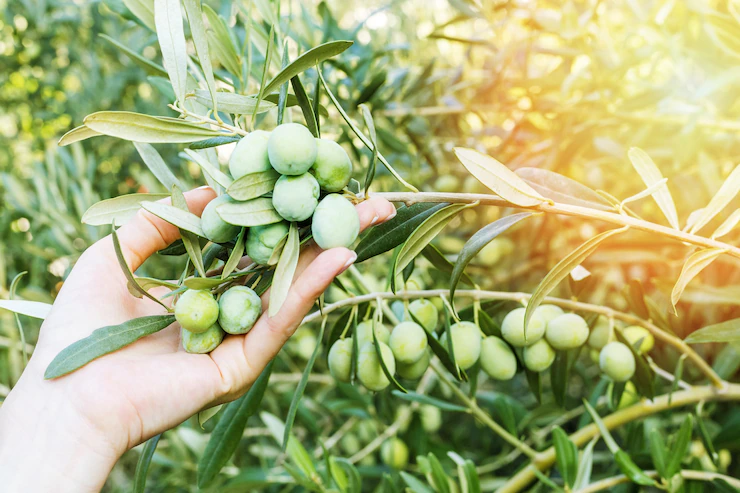When growing olives in South Africa, there are several infections and diseases that you should watch out for. Here are some of the key ones:
- Verticillium wilt: This fungal disease affects many plants, including olive trees. It is caused by the Verticillium fungus and can result in wilting, yellowing of leaves, and eventual death of the tree. Planting resistant olive cultivars and maintaining good soil drainage can help manage this disease.
- Olive knot: Olive knot is a bacterial disease caused by Pseudomonas savastanoi. It leads to the formation of rough galls or knots on branches, twigs, and stems of olive trees. Pruning infected branches and applying appropriate copper-based bactericides can help control the disease.
- Anthracnose: Anthracnose is a fungal disease caused by the Colletotrichum species. It can affect olive fruit and foliage, causing dark lesions, fruit rot, and defoliation. Proper sanitation, including removing and disposing of infected plant material, and applying fungicides when necessary, can help manage anthracnose.
- Olive fly: The olive fly (Bactrocera oleae) is a significant pest of olive trees in many regions, including South Africa. The fly lays its eggs inside the olive fruit, leading to larval infestation and fruit damage. Monitoring and trapping methods, as well as the use of insecticides, can help control olive fly populations.
- Bacterial leaf spot: This bacterial disease, caused by Xanthomonas species, can affect olive leaves, causing small water-soaked spots that turn brown or black. Good orchard sanitation, including removal and destruction of infected leaves, and copper-based sprays can be effective in managing bacterial leaf spot.
- Phytophthora root rot: Phytophthora is a soil-borne pathogen that can cause root rot in olive trees, leading to stunted growth, wilting, and decline. Maintaining proper soil drainage, avoiding overwatering, and planting resistant rootstocks are essential for managing Phytophthora root rot.
To effectively manage infections and diseases in olive cultivation, it is crucial to monitor your orchard regularly, maintain proper orchard hygiene, employ integrated pest management strategies, and consult with local agricultural experts or extension services for guidance specific to your region in South Africa.
Join 'Farmers Mag' WhatsApp Channel
Get the latest Farming news and tips delivered straight to your WhatsApp
CLICK HERE TO JOIN






